Following on from the great work from my colleague Dr. Nathan Harten’s last blog; I will continue educating you on the latest neuroscience on persistent pain
You may have been allluded to our brains wonderful capacity to protect to a ‘perceived’ threat.
Perceived you say?
Lets delve into this further…
There needs to be credible evidence of danger over safety for a pain experience (1).
Let’s pause and reflect on that for a moment…
Danger or safety in pain circumstances
It is advantageous to have fast acting danger messages to make us pull our hand away from a hot pan right? Danger over safety is highly relevant here. What about an ankle that had been sprained ten months ago? That ankle is still hurting to load, difficult to localize the pain, and you have exhausted Google & the pharmacist for an answer. Not advantageous at all is it?
Pain is not a true marker of tissue damage…
Let’s pause and reflect again on this statement…
Pain is an output constructed by the brain (1), by many contextuals. Contextuals ranging from:
Is this pain going to interrupt my job?
Is this what an ankle sprain feels like?
Can I still play in the football grand final?
How long am I going to be out for?
Should I just rest?
All of these constructs add to a pain experience (3); storing memories, emotions and motor patterns in a highly organised network, AKA your central nervous system. Even your immune cells (microglia) and endocrine system (HPA axis) are activated! (3) plus more!
Persistent pain is more than just where it hurts
So you see pain isn’t all just about where it hurts. Especially persistent, chronic pain (1). Somehow, your brain is still warning you. It still wants to protect you from a perceived threat and make you hurt.
This may sound like a rhetorical question, but is this protection advantageous at all?
Please take the time to reflect on your own experiences of pain…
Maybe the threat of losing your job is adding to a pain experience?
What if you are a professional athlete, trying to protect your pain from the coaching staff, perhaps because your contract is up at the end of the year?
Are you still blaming the driver who hit the back of your car?
All of the highlighted words are ‘threats’, and thus the brain will scrutinise all of the aforementioned and will decide whether it’s important or not to let you know; and to make you hurt.
Becoming aware of perceived threats and dangers are so important to understanding your pain (1, 3).
I hope now you think of pain as a biopsychosocial paradigm (Bio meaning the biological tissues, psycho meaning thoughts, feelings and beliefs; social meaning the environment) and not just about the tissue that hurts (2).
So I challenge you to challenge your beliefs on pain. This may be a line in the sand that you are willing to make.
Address what threats are in your life (work, financial). Learn how your stress system works. All of this is great at assisting you in the short term, but it can get a bit much if it’s 24/7 (think of having to listen to your car alarm all day!). However this is a topic for another day and another blog!
Feel free to seek help from someone else! Know that you are safe to move when you are experiencing chronic pain (even better with an exercise physiologist!).
Finally, know that we are neuroplastic and bioplastic… meaning that you can heal!
Would you like to re-assess your health behaviours and identify what you need to work toward over the coming year?
Our scorecard is a quick and simple questionnaire to help you do this.
Take The Scorecard Here
It’s free and only takes 7 minutes
References
- 1. Butler, DS & Moseley, GL 2013, Explain pain, 2nd edn, Noigroup Publications, Adelaide, South Australia.
- 2. Gatchel, RJ, Peng, YB, Peters, ML, Fuchs, PN & Turk, DC 2007, ‘The biopsychosocial approach to chronic pain: scientific advances and future directions’, Psychological bulletin, volume 133(4), pp. 581-634.
- 3. Moseley, GL & Butler, DS 2015, ‘Fifteen Years of Explaining Pain: The Past, Present and Future’, The Journal of Pain, vol. 16, no. 9, (pp. 807-813).




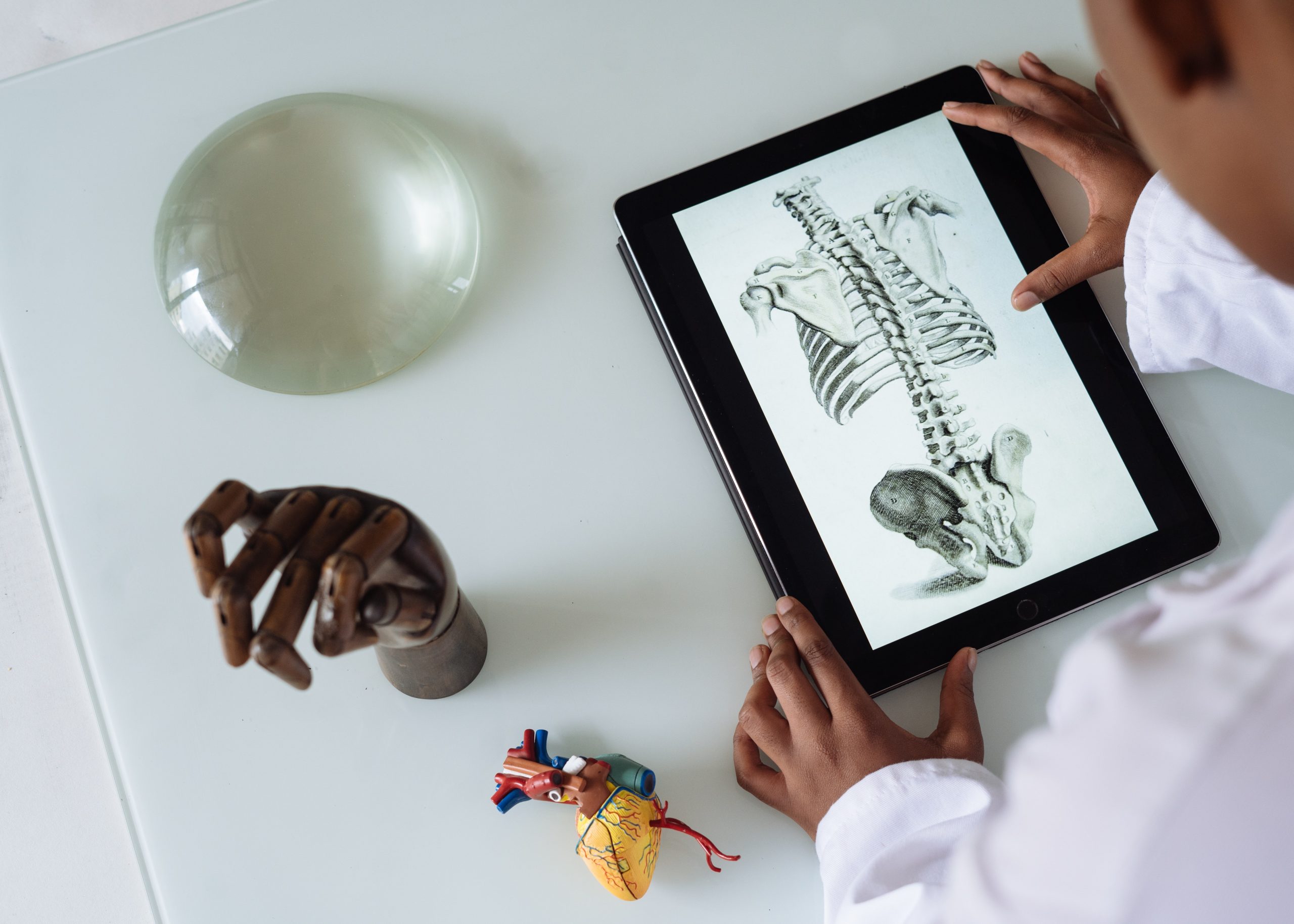

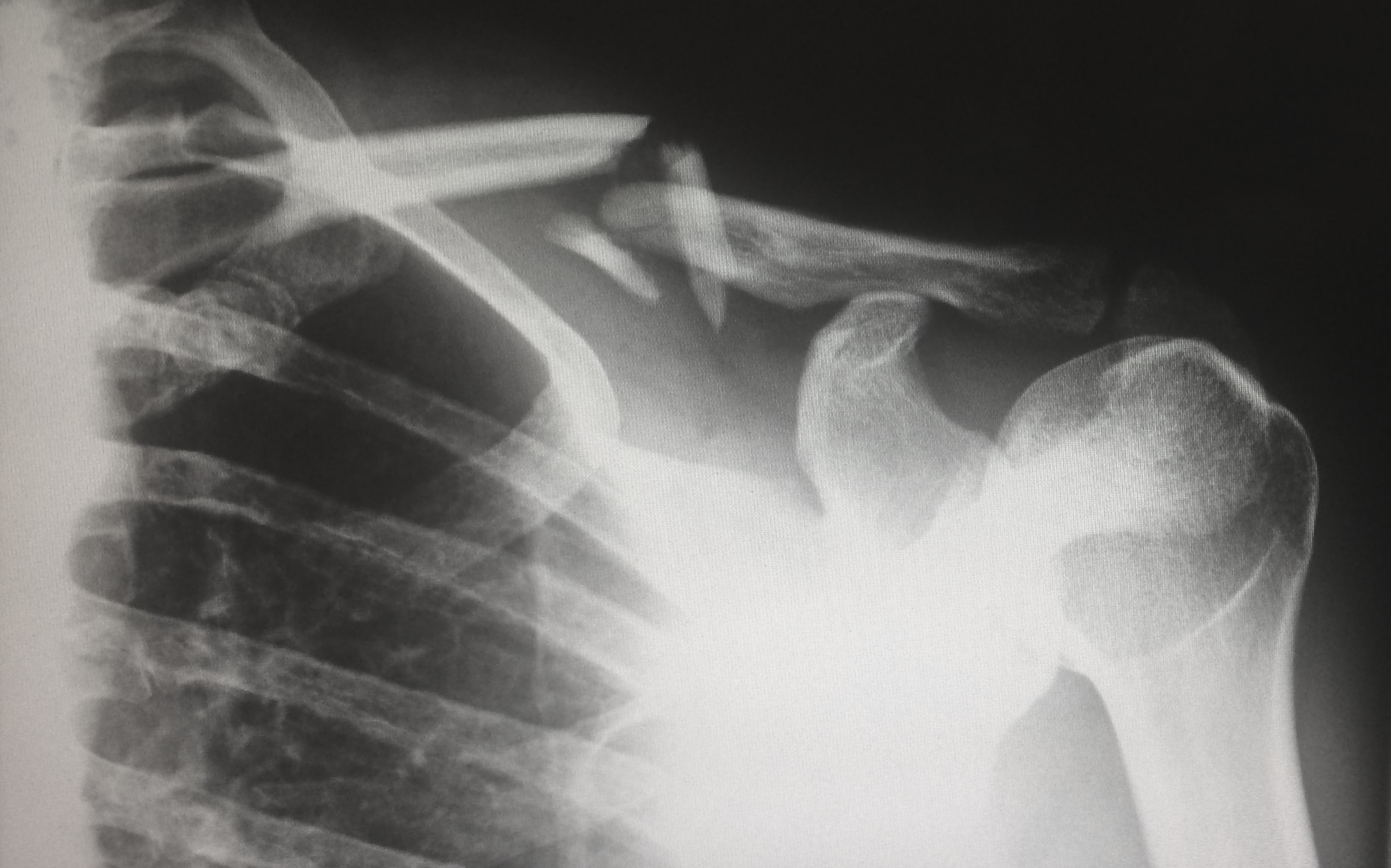




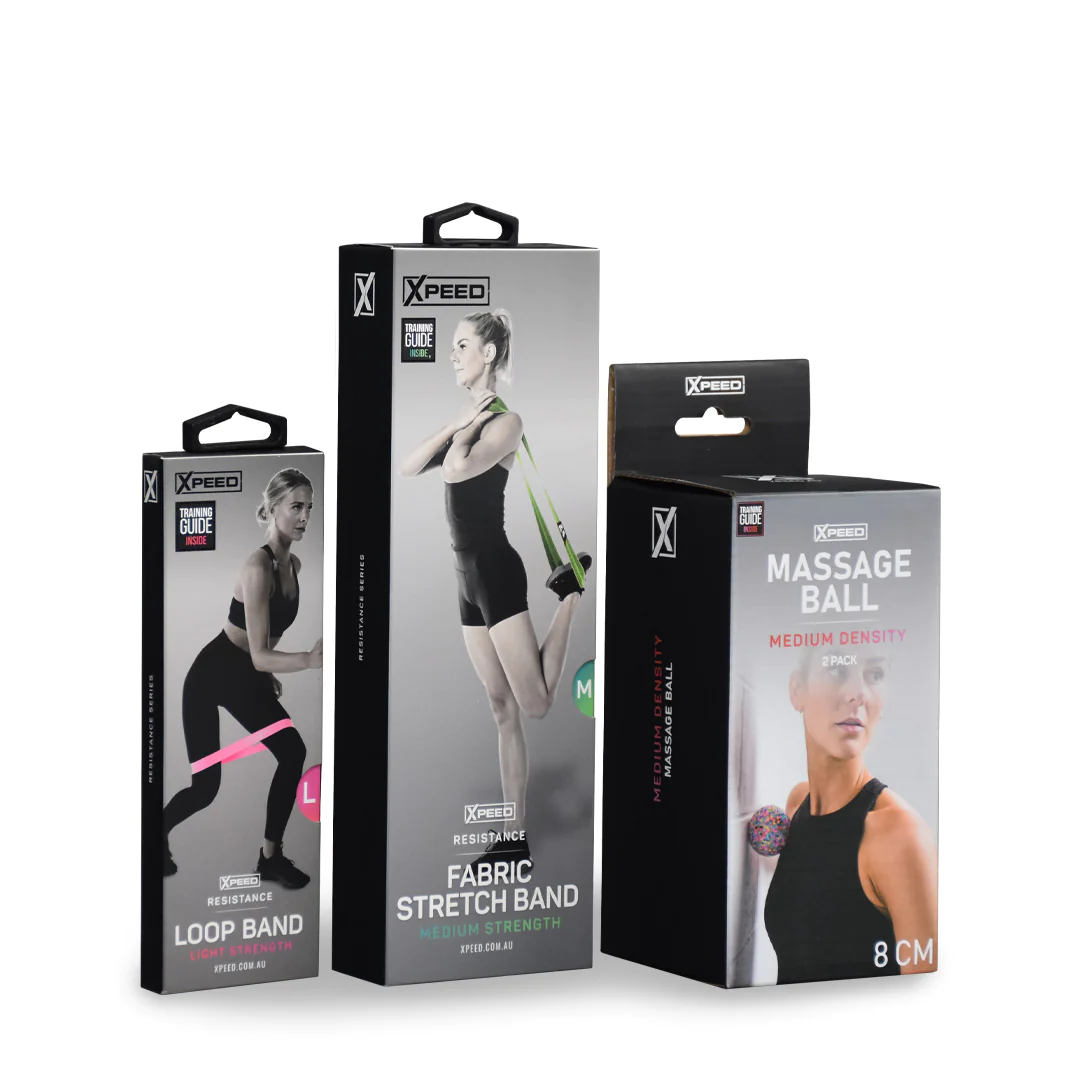
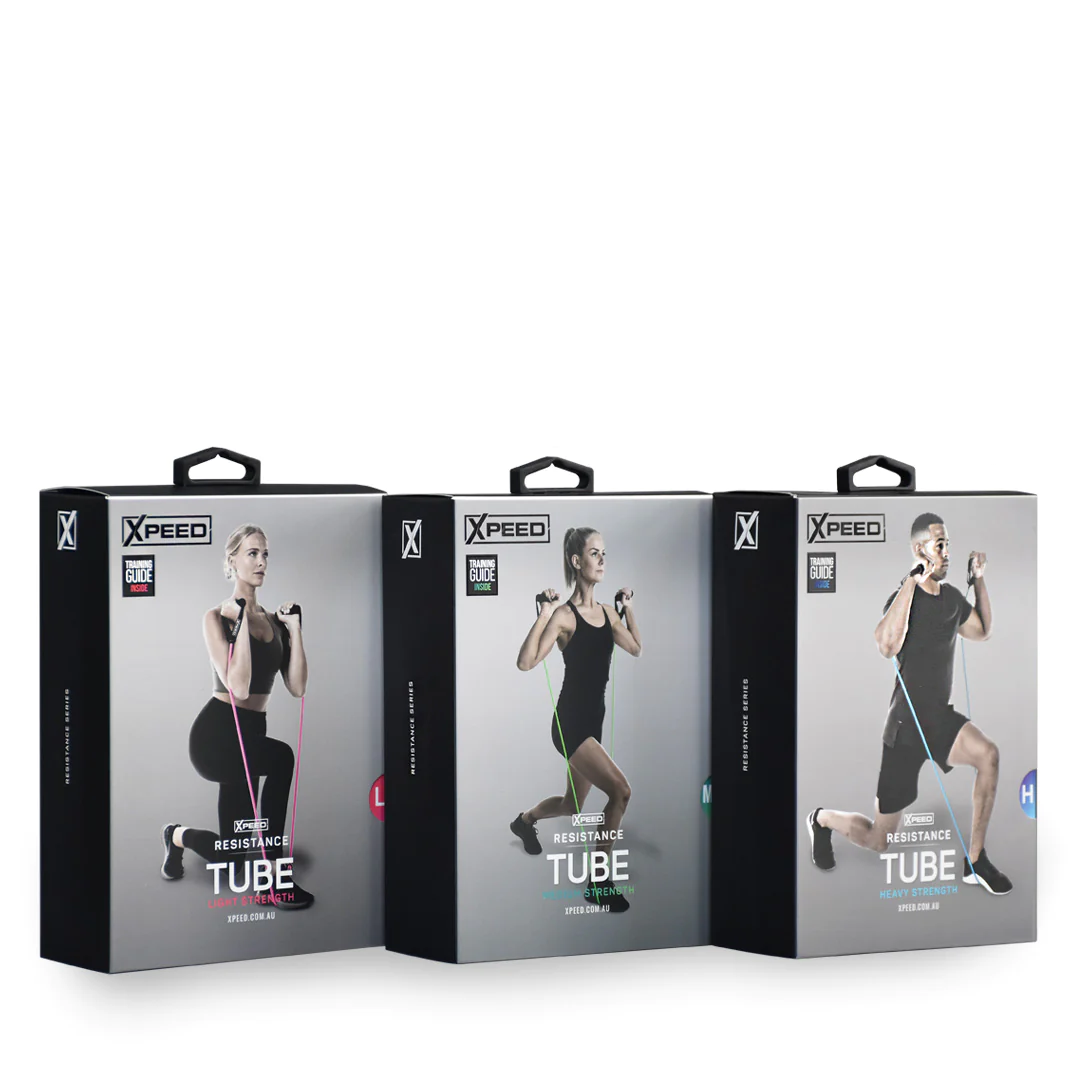
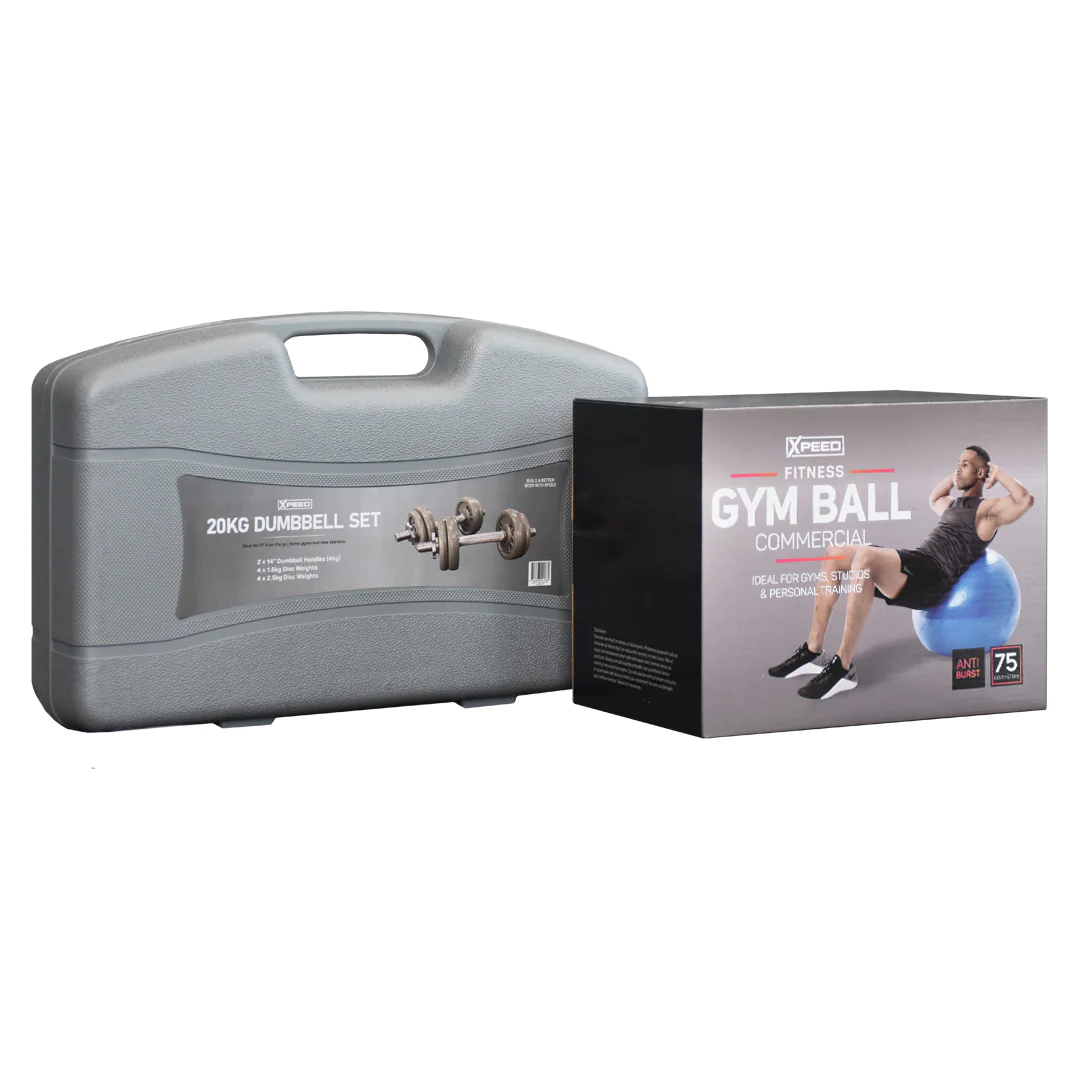
0 Comments